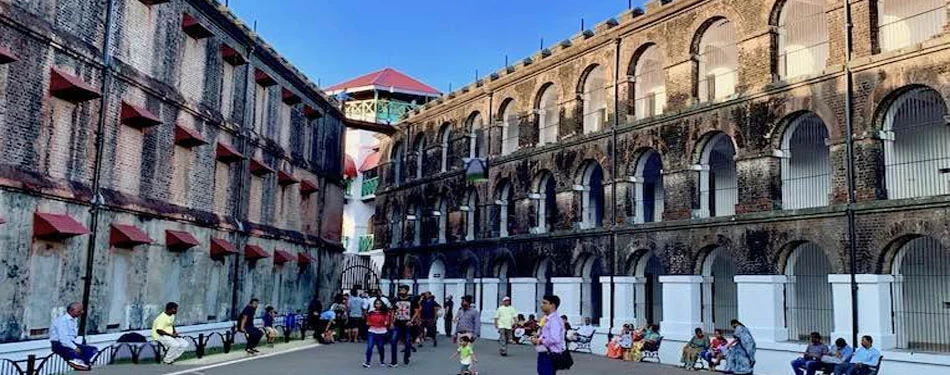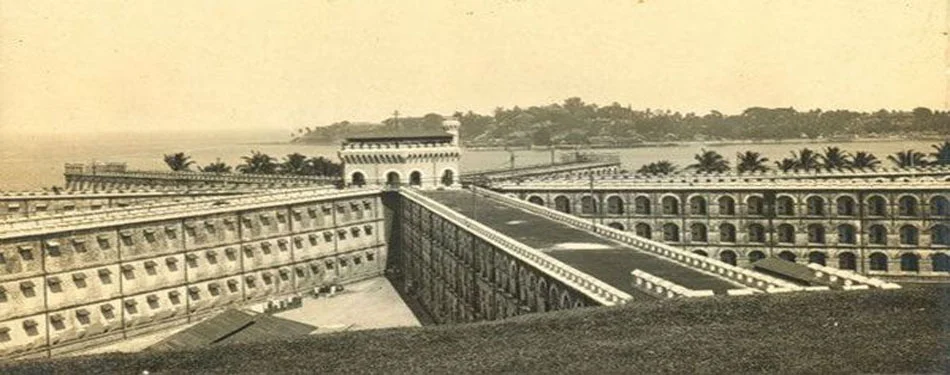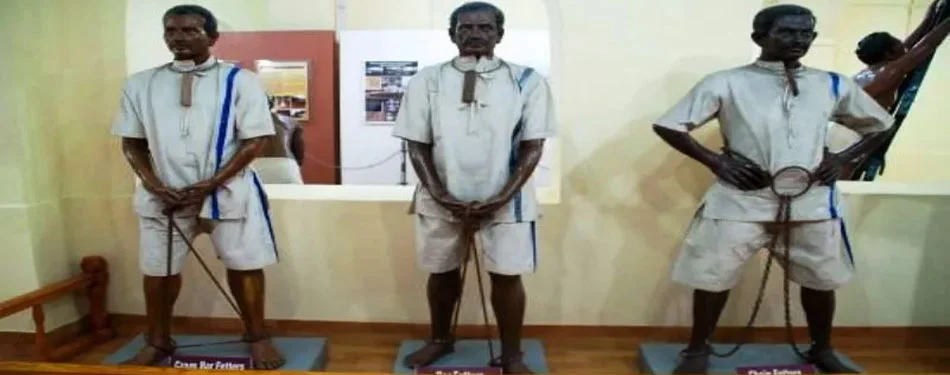Kala Pani Jail in Andaman: A Journey into India's Colonial Past

The Andaman Islands, known for their pristine beaches and rich biodiversity, harbor a
darker history within the infamous Kala Pani Jail. Also known as the Cellular Jail, this
historical structure is a grim reminder of India's colonial past. In this article, we
will delve into the history of Kala Pani Jail, explore the reasons behind its ominous
name, share stories of its prisoners, and honor the memory of those who suffered within
its walls.
The History of Kala Pani Jail
The construction of the Kala Pani Jail began in 1896 and was completed in 1906. The
British colonial government designed it as a penal colony, intending to isolate
political prisoners and rebels who sought India's independence. The term 'Kala Pani',
which means 'black water' in Hindi, refers to the deep, dark waters of the sea
surrounding the isolated island. This geographical seclusion was purposefully chosen to
prevent the escape of prisoners and to sever their ties from the mainland and their
communities, making the punishment not just physical but profoundly psychological.
The architecture of the Cellular Jail was designed to impose loneliness and despair – the
cells were constructed in a manner that prevented communication among prisoners,
enforcing solitary confinement. The history of Kala Pani Jail is a testament to the
resilience and endurance of those who were imprisoned there, many of whom were key
figures in India's struggle for independence.
Why Cellular Jail is Called Kala Pani
The name 'Kala Pani' is derived from the time when crossing the seas was considered a sin
by traditional Hindu beliefs, leading to social ostracization. Hence, the term
symbolized the ultimate punishment and isolation. Additionally, the term reflects the
endless stretches of dark, foreboding waters that isolated the island from the Indian
mainland. This isolation was a crucial part of the punishment, as it meant separation
from family, culture, and all that was familiar – a fate considered worse than death for
many.
Kalapani Jail Stories

The stories of Kala Pani Jail are tales of extreme hardship, inhuman conditions, and the
indomitable human spirit. Prisoners faced brutal treatment, including severe manual
labor such as oil grinding and constructing buildings. Despite such conditions, the
spirit of freedom and resistance never died. The jail became a crucible for
revolutionary ideas and a symbol of the struggle for India's independence.
One of the most poignant aspects of these stories is how prisoners maintained their hope
and will to fight, despite the oppressive conditions. They secretly communicated, shared
their cultures, and kept the flame of resistance alive. These stories form an essential
part of the collective memory of India's fight for freedom.
Famous Prisoners of Kala Pani Jail

The Cellular Jail held many notable freedom fighters during its years of operation. Some
of the famous prisoners of Kala Pani Jail include Veer Savarkar, Batukeshwar
Dutt, and
Yogendra Shukla. These individuals played significant roles in India's
independence
movement, and their time in jail is a testament to their sacrifice and resilience.
Veer Savarkar, for instance, faced the harshest treatments and was subjected to prolonged
solitary confinement. However, his spirit remained unbroken, and he continued to write
and inspire others toward the cause of freedom, even under such dire circumstances. The
stories of these famous prisoners are not just tales of suffering but are also
inspirational sagas of courage, leadership, and unyielding dedication to the cause of
liberation.
Legacy and Memorials
Today, the Kala Pani Jail stands as a National Memorial, a reminder of the struggles
faced by India’s freedom fighters. It serves as a site of pilgrimage for those who wish
to pay homage to the heroes of the independence movement. The jail museum offers
visitors insights into the lives of the prisoners, the history of the Indian freedom
struggle, and the evolution of the penal system in colonial India.
The light and sound show held in the evenings narrates the brutal yet inspiring stories
of the inmates and the history of Kala Pani Jail, bringing the past vividly to life for
visitors. This transformation from a site of brutal repression to a monument of national
pride highlights the triumph of the human spirit over oppression.
Conclusion
The Kala Pani Jail in Andaman is more than just a colonial building; it's a symbol of
resistance, sacrifice, and the undying search for freedom. The history of Kala Pani Jail
is intertwined with the narrative of India's struggle for independence. Its walls echo
the stories of unsung heroes and the silent prayers of freedom fighters. As we dive into
the past and narrate the tales of famous prisoners of Kala Pani Jail, we remember the
price of the freedoms we enjoy today. The legacy of the Cellular Jail stands as a
testament to the strength and resilience of the human spirit in the face of tyranny and
injustice.


